Lately, I've seen a lot of discussions about stacking two slim, low-cost radiators instead of using one thick, high-end radiator.
Since high-end radiators like those made by Feser and Thermochill often cost more than twice of what slim, low-cost models cost, radiator-sandwiches could be an economically sound alternative.
I had the chance to squeeze in some stacked-radiator testing. The emphasis here is on "squeeze in" since I'm really busy with several other testing projects. So forgive me if this isn't as elaborate as you might hope for.
Test setup:
In my test setup, I'm using some pretty low-end cooling, which has to do with an article that I built this setup for.
- Q6600 @ 3.2 GHz with Nexxxos XP Waterblock
- HD 4850 with EK FC Waterblock
- XSPC X2O 400 Pump
- Magicool Slim 360 radiators
- three Nanoxia fans
I ran this setup first with just one of the Magicool radiators and then with a radiator sandwich structured as Radiator -> Fans -> Radiator.
Here are some impressions of the sandwich:
Testing method:
I run Furmark to load the GPU and Prime 95 to load the CPU for 45 minutes to warm up. Then I run it for another 20 minutes during wich I log all temperature data in five second intervals. The data of those 20 minutes is then averaged out to get the results.
Since we're testing radiators here, the most relevant temperature difference is that of water-air.
Here's the results:
I tested once with 750rpm and once with 1400rpm. As we can see, the sandwich gains a good two to three Kelvin over the lone radiator. This also translates to lower CPU- and GPU-temperatures.
As you can see, for the radiator sandwich it doesn't seem to matter what fanspeed is used. Since the T-Balancer, the device I use for temperature-logging has a resolution of only 0.5 degrees, we're certainly not seeing the whole picture here. But I guess we can say that stacked radiators are less sensitive to fan speeds than lone radiators nonetheless.
As for flowrates, the additional radiator made them drop by 25% in my testing.
Now, it remains to be seen how the radiator sandwich performs vs. a high-end radiator. I just so happens that I'm testing that as i write...
Cheers,
Shane
EDIT:
Temperature difference CPU-Ambient:
Scenarios for further testing:
In the meantime, a lot of interesting suggestions have come up. Here's a list of all of the ideas that should be tested. Please contribute! :-)
- Two radiators separately vs. stacked radiators
- Stacked radiators with a total of six fans
- Stacked radiators with a total of nine fans? (Overkill?)
- Stacked radiators vs. PA120.3 (testing in progress on this one)
- Airflow going from first to second radiator vs. airflow going from second to first radiator (as discussed in posts 29-33)
- Radiators stacked right on top of each other: Radiator -> Radiator -> Fans
- Running stacked radiators in paralell




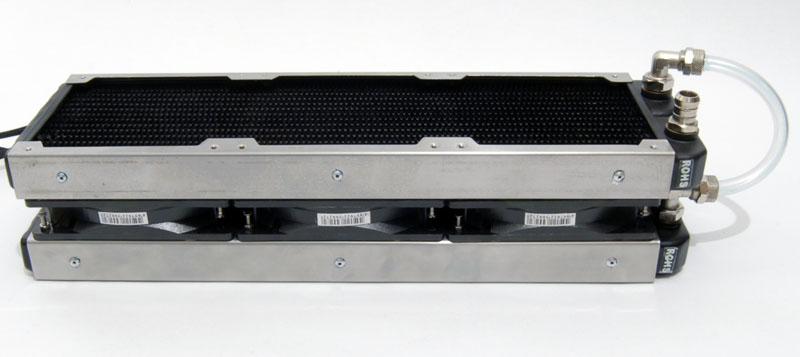
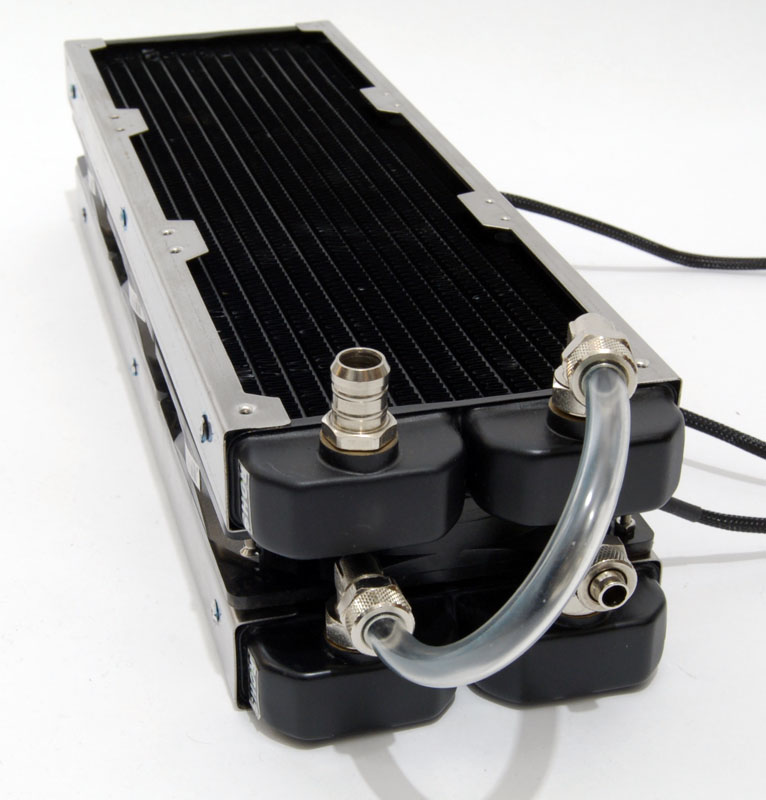

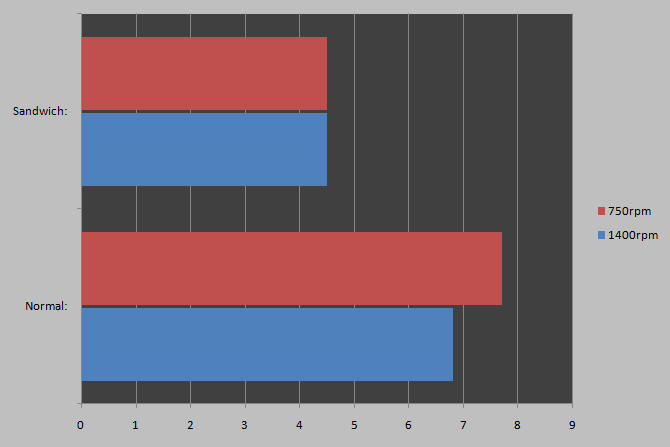

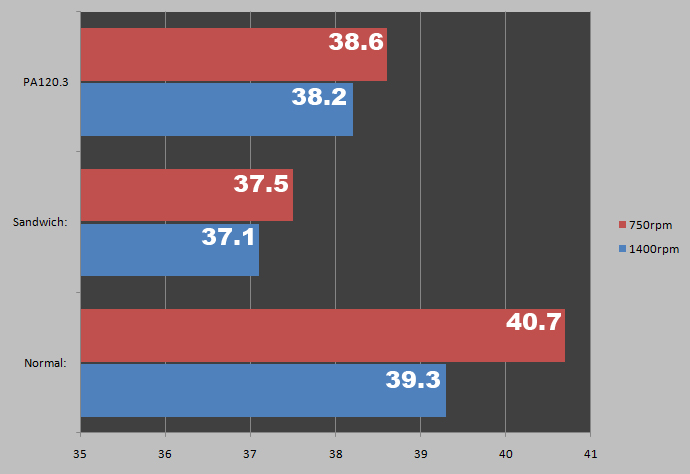

 Reply With Quote
Reply With Quote




 Crunching XS:
Crunching XS:



















 Looking forward to more from you
Looking forward to more from you 
 ) Naja002s proposal ...
) Naja002s proposal ...

 *
*

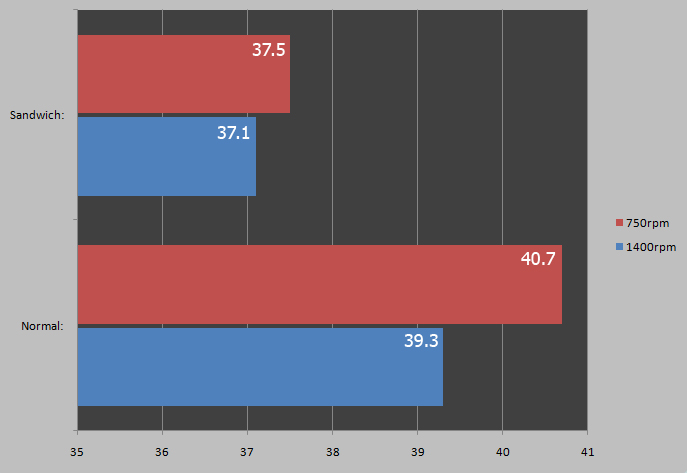


Bookmarks